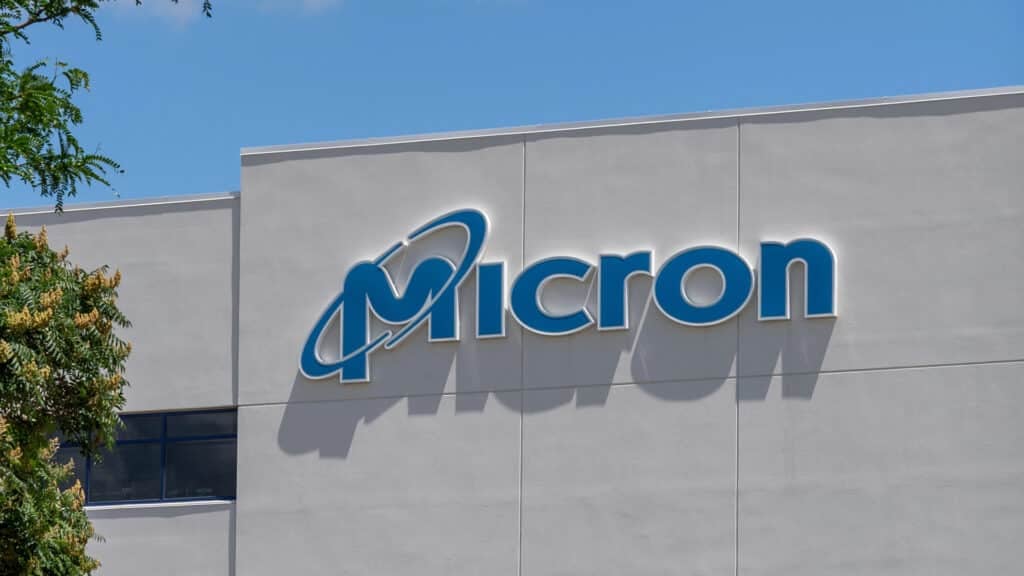The News: At the NAB show in Las Vegas this week, video encoding technology developer Epiphan Video announced Epiphan Connect for Zoom, a hosted software solution designed to enhance the quality of video content that can be produced via the Zoom meeting platform. See the full Press Release from Epiphan Video here.
NAB 2023: Epiphan Video Launches Epiphan Connect for Zoom, a Service to Enhance Video Content Creation from Zoom Meetings
Analyst Take: Epiphan Video’s launch of Epiphan Connect for Zoom this week at NAB 2023 in Vegas is timely, as online meeting services are evolving into something more than just offerings that enable video-infused real-time collaboration. In 2023, these platforms increasingly are being positioned to serve as viable venues for high-quality video content production.
With this week’s introduction of Epiphan Connect – Epiphan Video, a long-established developer of video encoding devices – becomes the latest to offer a fresh approach for repackaging the video feeds generated from a typical online meeting.
How Epiphan Video Connect Works with Zoom
Most online collaboration platforms support the recording of meetings in the manner in which they were held. For example, if an online meeting has four participants on-screen, the recording will show each of those four participants on-screen as they appeared during the actual meeting.
When used as an add-on to the Zoom platform, Epiphan Connect manages Zoom video feeds in a different manner. Video from each meeting participant is treated as its own isolated video input. Back-end administrative tools, called “switchers,” can then be used to mix-and-match video inputs to produce video output akin to interview sessions typically conducted on cable news channels.

During a single session, meeting leaders can switch the look and feel of their video output on the fly. Using pre-developed templates, the output view can be switched from multiple presenters to a single presenter. Video inputs can also be mixed with screen-sharing elements and then presented in templated formats. The resulting video production can be distributed in real-time via social media channels or webcasting services. All the video inputs also can be recorded for later use and post-production editing.
From a video management perspective, the outputs are not that different from those that can be developed using dedicated video creation solutions such as Hopin’s Streamyard service, Telestream’s Wirecast product and a host of other video production solutions.
What’s different here is the ability to produce these videos from the same platform that individuals already use for video meetings. Such integration opens the door to more widespread awareness – and adoption of – advanced video creation options. I think this is key, as an organization’s ability to develop and create video content for use in social media and online marketing will increase substantially as better content creation tools are integrated with existing online meeting solutions.
Interest in Video Content Continues to Grow at a Rapid Pace
Video content creation has been drawing increased attention in the unified communications segment in recent times. Verizon’s Bluejeans online meeting service has been rolling out enhanced content creation platforms for its platform and startup LiveArena, which has been developing content creation add-ons to be used in conjunction with Microsoft Teams, is expected to broaden its feature set in the months ahead. Even Zoom has scheduled announcements for later this month to promote advances in the content creation capabilities for its Event platform.
For Epiphan, the introduction of the Connect product represents an attempt to knit together emerging forms of online video content creation with its on-premises encoding devices typically used for on-site video production. By infusing remote video production options that can be handled in the cloud with its line of Pearl encoders, Epiphan can expand the scope of video production scenarios where its suite of encoding devices can play a relevant role.
The implications for marketers and other business communicators are clear. The ability to produce video is becoming increasingly democratized. Organizations must develop more sophisticated strategies for incorporating video into internal and external communications as emerging technology solutions make it easier and easier to create high-quality video.
Disclosure: The Futurum Group is a research and advisory firm that engages or has engaged in research, analysis, and advisory services with many technology companies, including those mentioned in this article. The author does not hold any equity positions with any company mentioned in this article.
Analysis and opinions expressed herein are specific to the analyst individually and data and other information that might have been provided for validation, not those of The Futurum Group as a whole.
Other insights from The Futurum Group:
Zoom Unveils Zoom Sessions, its Mid-Tier Option for Online Gatherings
Wainhouse Releases Q4 Market SpotCheck for Group Video Conferencing Endpoints
Author Information
Steve Vonder Haar is a Senior Analyst with Wainhouse – a Futurum Group company. His area of expertise and focus is enterprise streaming and virtual events.




